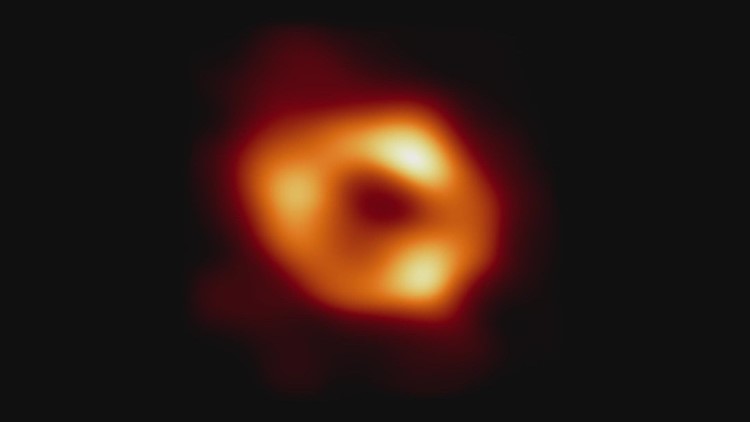NEW YORK — Have you ever wondered what a black hole sounds like?
It's about as haunting as you'd expect.
NASA's Exoplanets team tweeted out an eerie 34-second audio clip this week of a "data sonification" of the black hole in a galaxy cluster 240 million light-years from Earth.
Essentially, scientists turned data from the depths of space into a sound humans can hear.
"The misconception that there is no sound in space originates because most space is a vacuum, providing no way for sound waves to travel," NASA tweeted. "A galaxy cluster has so much gas that we've picked up actual sound."
Even if space seems totally quiet, objects are still making noise — there's just nothing for sound waves to vibrate.
Scientists have known since 2003 that the black hole at the center of the Perseus galaxy cluster is associated with some sort of sound, NASA said, because there is so much gas in the surrounding galaxy cluster. Astronomers discovered the pressure waves sent out by the black hole were causing ripples in the hot gas. Those vibrations could be translated into a musical note, but the note is far too low for humans to hear, some 57 octaves below middle C.
So the signals were adjusted into the range of human hearing, scaled upward by 57 and 58 octaves above their true pitch. NASA originally released the "remix" in May.
"Another way to put this is that they are being heard 144 quadrillion and 288 quadrillion times higher than their original frequency," NASA said.
NASA released another data sonification of a different black hole, Messier 87 — one that isn't quite so spooky.
The "music" coming from M87 — famous for being the first black hole captured in a direct image — comes from X-rays, optical light from the Hubble Telescope and radio waves layered over each other. Radio waves are played out as the lowest tones, optical data as medium tones and X-rays as the highest tones.



